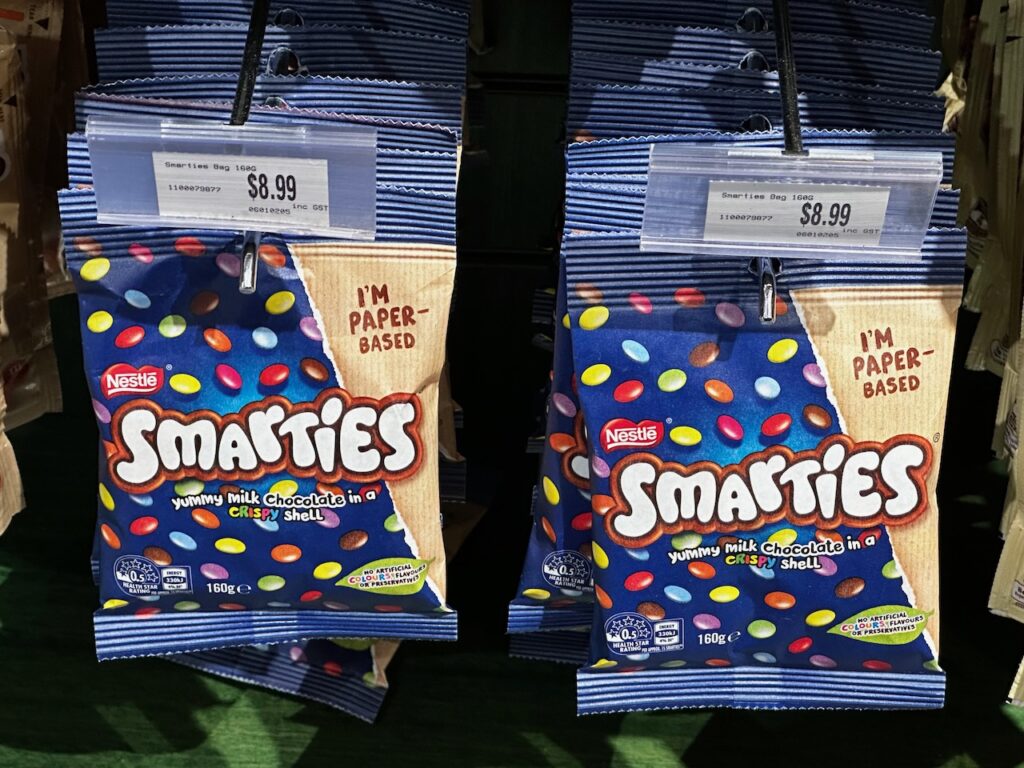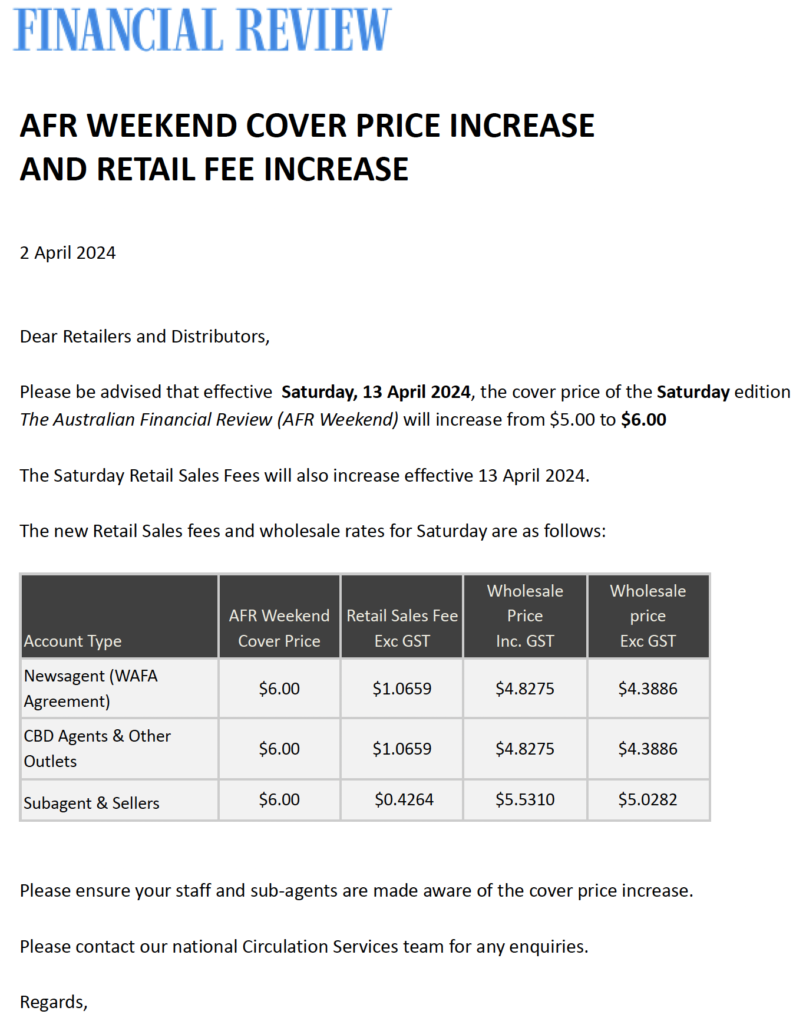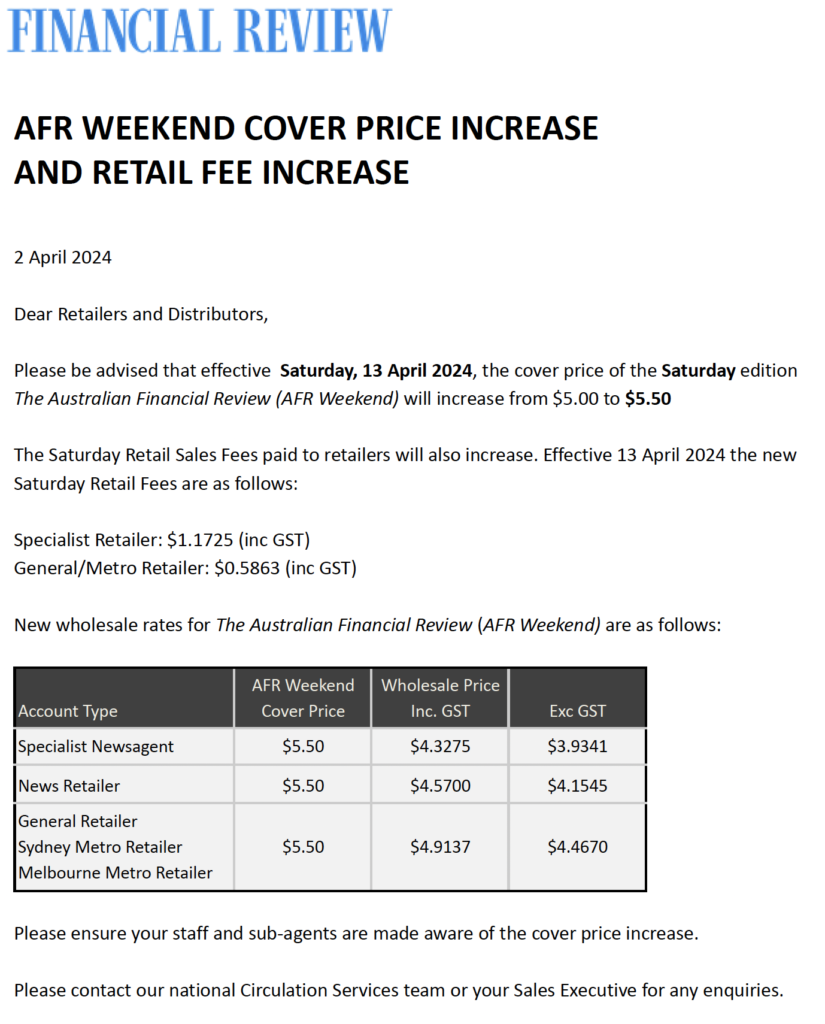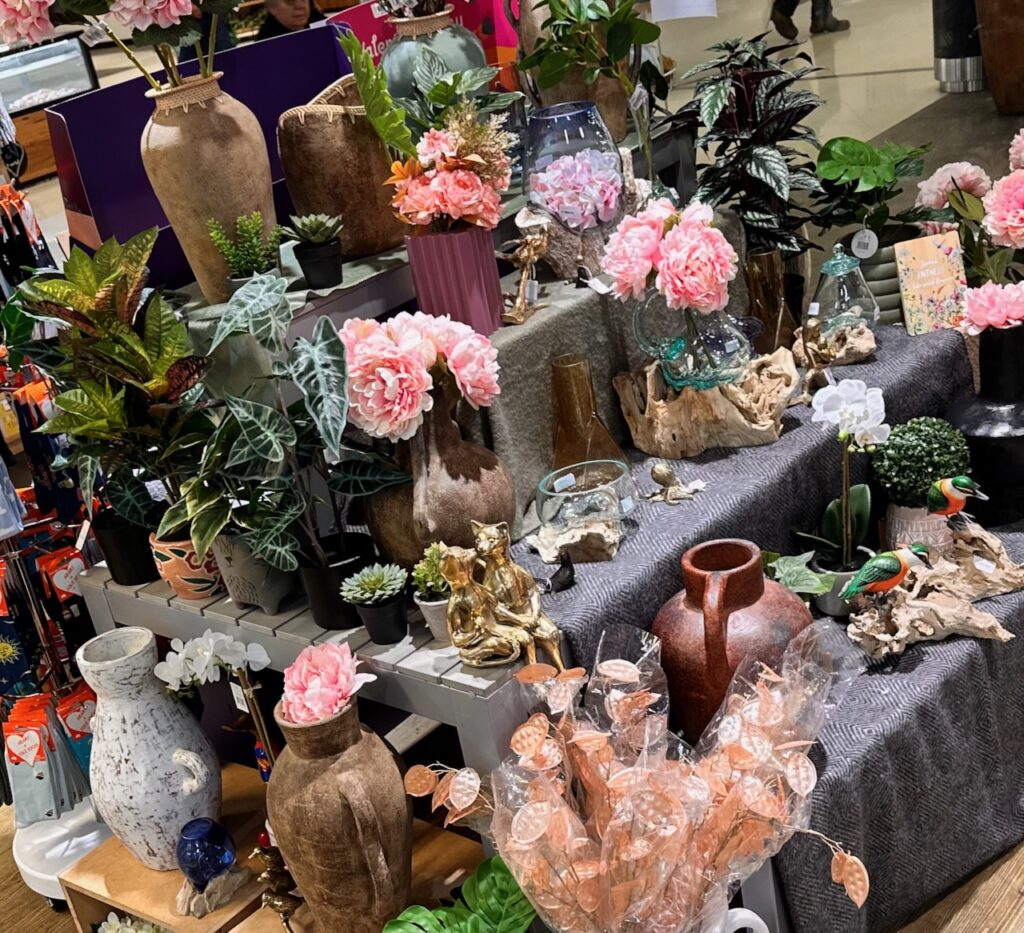Yes, this is a marketing pitch from me about newsXpress, the newsagency marketing group I own.
newsXpress is unique, engaged, optimistic and helpful. The newsXpress community is made up of wonderful retailers who support each other and who appreciate the support from a crew of head office specialists in business data, retail business management, local engagement and more.
I am sharing this video to show rather than tell.
Our theme for 2024 is MAKING THINGS HAPPEN.
It’s about action, growth, success and enjoyment for newsXpress members.
We see opportunity for attracting new shoppers, helping existing shoppers spending more and increasing the overall GP% of newsXpress member businesses.
This is what MAKING THINGS HAPPEN is about.
In December 2023, participating newsXpress members each made, on average, $3,500 gross profit from a product opportunity we accessed without any downside risk. Plenty made twice this.
In 2023 we helped a member deal with challenging cashflow, another with employee theft, another with an exit strategy and another with a complex competitor situation.
We also helped a retailer cut their rent by a third.
Nothing we pitch is mandatory.
Online is the biggest opportunity of 2024 without a doubt. The latest benchmark for Aussie retail reports online as 10% of total business revenue.
In the Aussie newsagency channel, the average figure for those with a website is under 5%.
If you don’t have a website, what would a 5% bump in revenue feel like?
We have businesses we have helped achieve a 20% bump in revenue in a year from online.
We leverage our Tower Systems experience and our newsXpress experience exclusively to help you be open 24/7, serve new shoppers and add valuable net profit in using existing overheads. Our skillset is unique, our experience backed by plenty of success.
newsXpress exclusive. We offer access to a half price, fixed price, beautiful Shopify website connected to your Tower POS software. We back this with advice and mentorship to help you find a profitable niche you like.
If you can’t increase local physical shopper traffic, online is a smart move to improve business reach and profitability.
One newsXpress member launched a website with us last year and added $50,000 in good margin revenue in six months.
Another newsXpress member used their website to pitch an entirely new product category and found a profitable second business as a result, using existing labour and facilities in the shop.
We showed another newsXpress member how to expand the reach of their website and within two months they achieved thousands in additional good margin revenue.
We’d love to connect you with some of these retailers so you can hear for yourself what is achievable.



